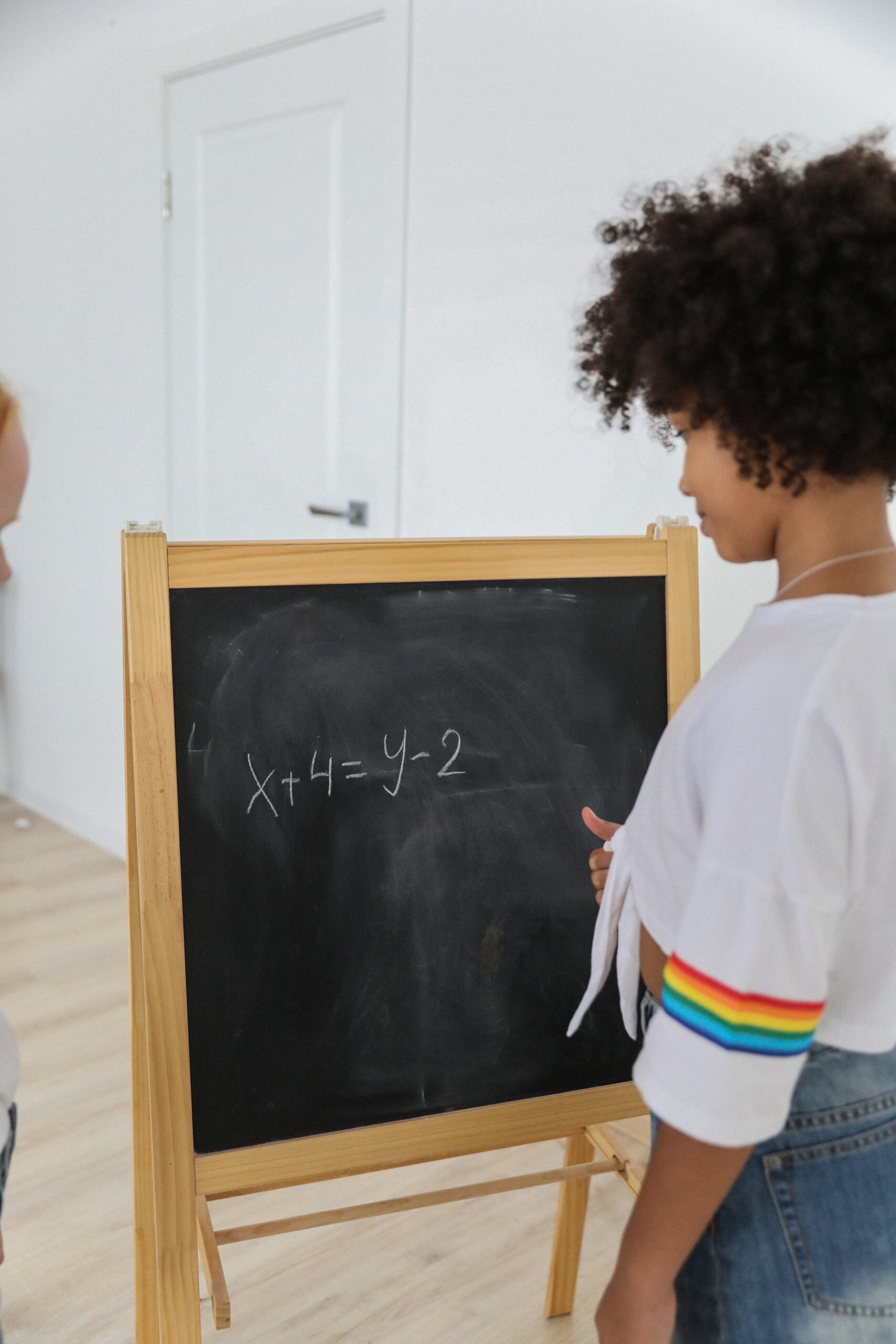A previous blog provided an analysis of US math performance on international PISA exams. Of the 79 participating countries, US schools ranked 25. The top three countries were China, Singapore and Estonia. The purpose of this blog is to try to determine which factors might contribute to the differences in math performance between the top country (China) and the US.
The school year is longer in China than in the US. “U.S. Education Secretary Arne Duncan once said children in India and China go to school 25 to 30 percent longer than children in the U.S.” Most US states require roughly 180 days of school which translates into between 900 and 1,000 instructional hours per year. Chinese students attend school for 245 days a year. According to a brief by the Center for Public Education: “According to the OECD, the number of weeks of instruction in China is 35 compared to the U.S.’s 36 weeks. Some Chinese students attend school six days a week, so even though the U.S. has more instructional weeks, Chinese students could be attending school nearly 20 percent more days per year. That averages into approximately 1300 instructional hours in China.”
When considering the number of hours spent on math instruction and homework, the Chinese system considers 15 hours as standard. However, education in the US is a function of each state, the amount of time devoted to math instruction in the US is not as clearly delineated. The average class period in the US is 45 minutes long; that translates into less than 4 hours per week. In addition, “High school teachers on average assign about 3.5 hours of homework each week.” Thus, on average, US students spend approximately a combined 7.5 hours on math instruction and homework.
The math curriculum in China is integrated and consists of five modules and four electives. “The five compulsory modules are designed to develop aptitude in basic math and prepare students for further study, whereas elective classes are offered to motivate interest and achievement in higher math.” The required math courses in American high schools included a “geometry sandwich: algebra 1, geometry, algebra 2.” Elective courses include pre-calculus, statistics, and calculus.
Requirements for teachers at the high level appear to be similar in both countries, with a university degree required. However, recruitment appears to be quite different. As in Singapore, where teacher selection is stringent, “Teaching is a well-respected profession in China. . . . because universities give priority admission to teacher candidates, top students often make teaching programs their first choice.” In the US, public school teacher candidates must pass a certification exam. According to AmericanProgress.org “Calls for raising the bar for entry into the U.S. teaching profession have grown more numerous in recent years, in part because of the nation’s middling results compared with other educational systems around the world.”
American students deserve to be globally competitive. We can and must move forward.


